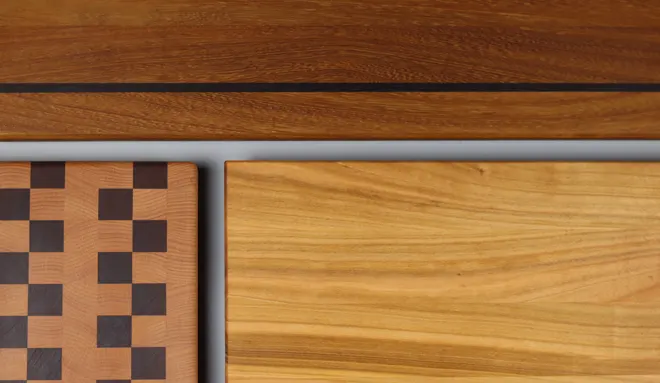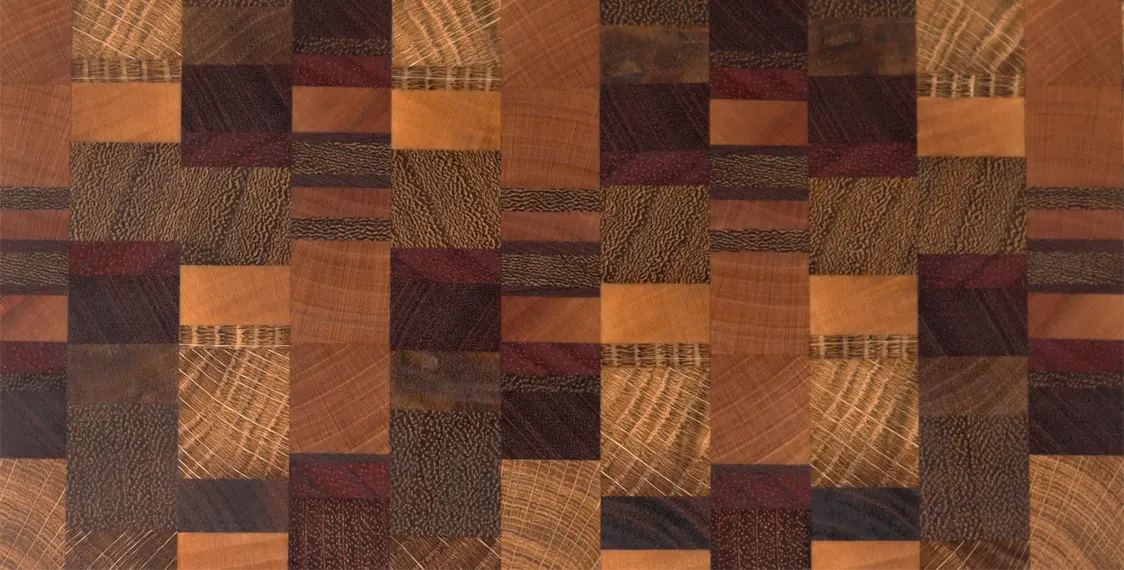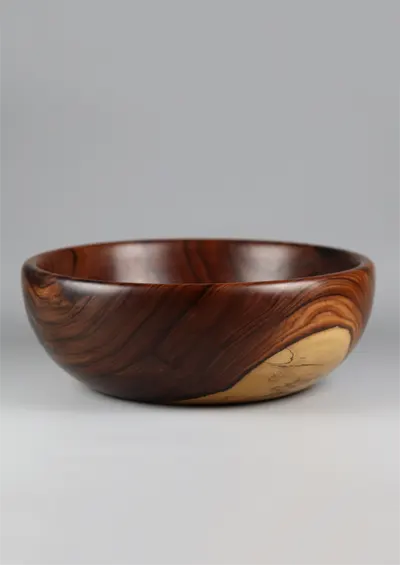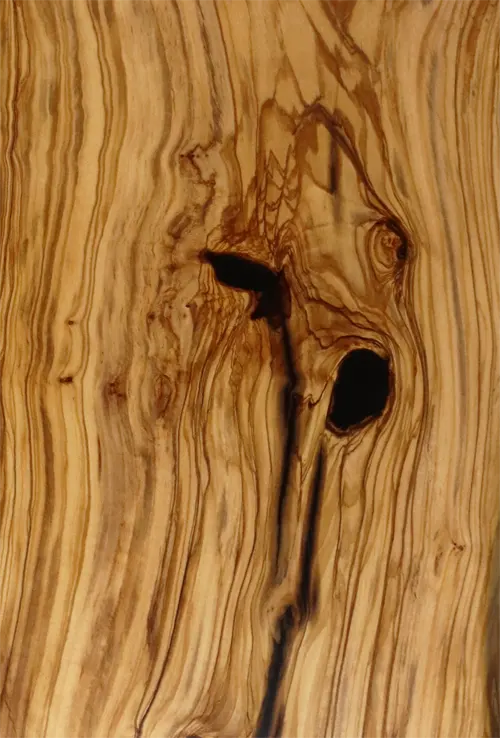Suar wood: uses and characteristics
Suar wood, from the Samanea saman, or rain tree, species, is a tropical hardwood that is increasingly popular in the world of carpentry and decoration. Its combination of beautiful grain and durability makes it an ideal choice for a variety of projects.
What is the suar tree?
The suar tree is native to Southeast Asia and belongs to the legume family. It is known for its rapid growth and wide canopy, which provides excellent shade.
Its wood is characterized by distinctive grain and colors ranging from light to dark brown, making it especially attractive for decorative applications.
Properties of suar wood
Suar wood has several properties that make it stand out:
- Unique aesthetics: Its grain and color variation give the wood a distinctive character.
- Durability: It is a resistant wood, suitable for furniture and elements that require a long useful life: tables, chairs, cabinets, etc.
- Sustainability: The rapid growth of the suar tree makes it an environmentally friendly option, as its cultivation and harvesting have a lower environmental impact.
- Versatility: Can be used in a wide range of applications, from furniture to kitchen utensils.

Technical characteristics of suar wood
Suar wood is prized for its physical and mechanical properties, making it suitable for a variety of carpentry and decoration applications. Its main technical characteristics are detailed below:
- Relative density: Approximately 600 kg/m³ at 12% humidity, which classifies it as a medium-density wood.
- Janka hardness: Around 900 lbf, comparable to that of birch, indicating good wear resistance.
- Total volumetric shrinkage: Moderate, with a radial shrinkage of 2%–4.5% and a tangential shrinkage of 4.5%–7.5%, giving it acceptable dimensional stability.
- Compressive strength: Approximately 407 kg/cm².
- Static flexural strength: Approximately 670 kg/cm².
- Modulus of elasticity: Approximately 80,760 kg/cm².
- Natural durability: Good resistance to fungi and termites, especially in the heartwood.
- Workability: Easy to work with hand and power tools; however, the presence of interlocking grain may make planing and sawing difficult.
- Finish: Accepts stains, varnishes and oils well, allowing its natural grain to be enhanced.
Common uses of suar wood
The versatility of suar wood allows its use in various products:
Suar tables
Suar tables are unique pieces, usually made in slab format, that stand out for their impressive wood grain. Each table displays a different grain pattern, ensuring that no two tables are alike. Their strength and durability make them ideal for both indoor and covered outdoor use.
Serving boards and cutting boards
Serving boards and cutting boards made from suar are becoming increasingly common, often replicating the same “slab” style as suar tables. Their durable surface is suitable for everyday kitchen use, and their elegant appearance makes them excellent options for presenting food directly at the table.
Conclusion
Suar wood is an excellent choice for those seeking a sustainable exotic wood for their projects. Whether in the form of a stunning suar table or a practical cutting board, this wood offers incredible grain and remarkable durability that make it stand out from most other woods.
Frequently asked questions about suar wood
What is the suar tree and where is it found?
The suar tree, scientifically known as Samanea saman, is native to Central and South America, although it is also cultivated in tropical regions of Asia. It is a fast-growing, large tree, making it ideal for sustainable timber production.
What are the most notable properties of suar wood?
Suar wood is characterized by its attractive grain, which combines light and dark tones, its good durability, and its ease of work. These properties make it suitable for a wide range of applications, from furniture to kitchen utensils.
What is suar wood commonly used for?
In addition to its use in the manufacture of suar tables, this wood is popular for creating serving boards and cutting boards due to its durability and aesthetic appeal. It is also used in countertops, shelving, and other decorative elements.
Is suar wood a sustainable option?
Yes, the suar tree grows quickly and adapts well to different environments, allowing for sustainable cultivation. Furthermore, its cultivation typically doesn’t require intensive use of pesticides or fertilizers, which reduces its environmental impact.
How should suar wood be cared for?
To maintain the beauty and durability of suar wood, it is recommended to clean it with a damp cloth and avoid prolonged exposure to moisture or direct sunlight. Applying specific wood oils or waxes can help preserve its finish and highlight its natural grain.
Otras entradas del blog
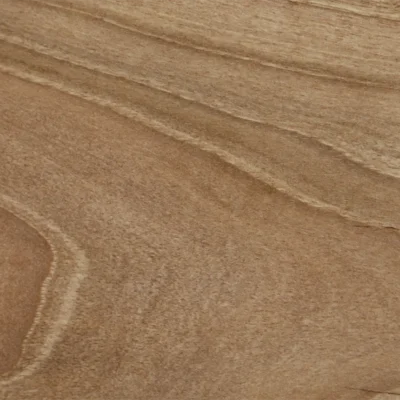
Walnut Wood: Uses and Characteristics

Which woods are antibacterial?
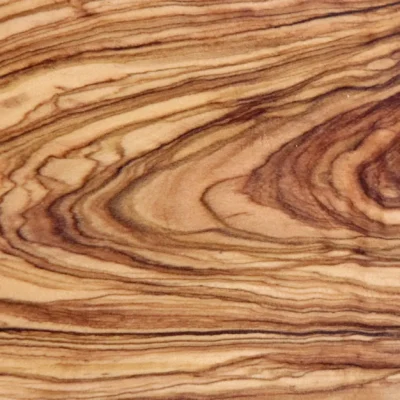
Olive Wood: Uses and Characteristics
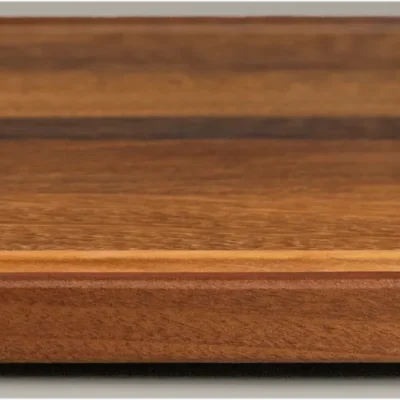
Meat cutting board: which wood to choose
Nuestras tablas de cortar:
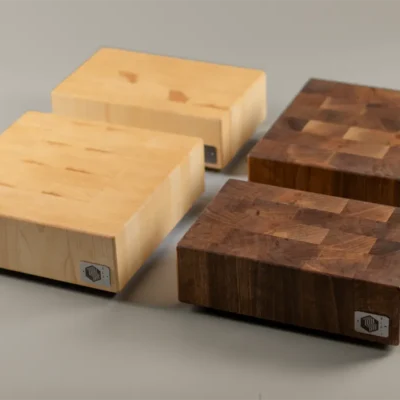
FORTIS
small chopping board
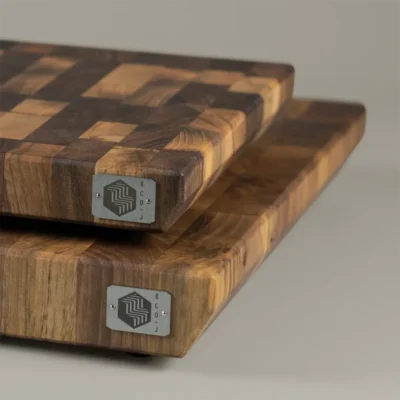
Pura
Walnut walnut butcher block
Pura
Walnutwalnut butcher block

Chroma
large carving board
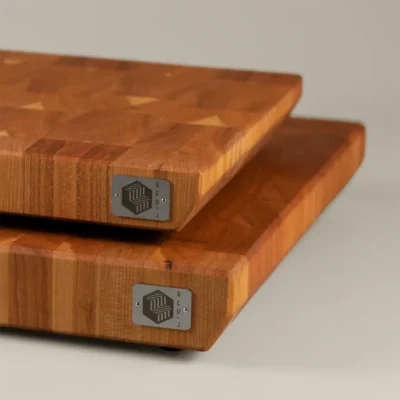
Pura
Cherry cherry butcher block
Pura
Cherrycherry butcher block
